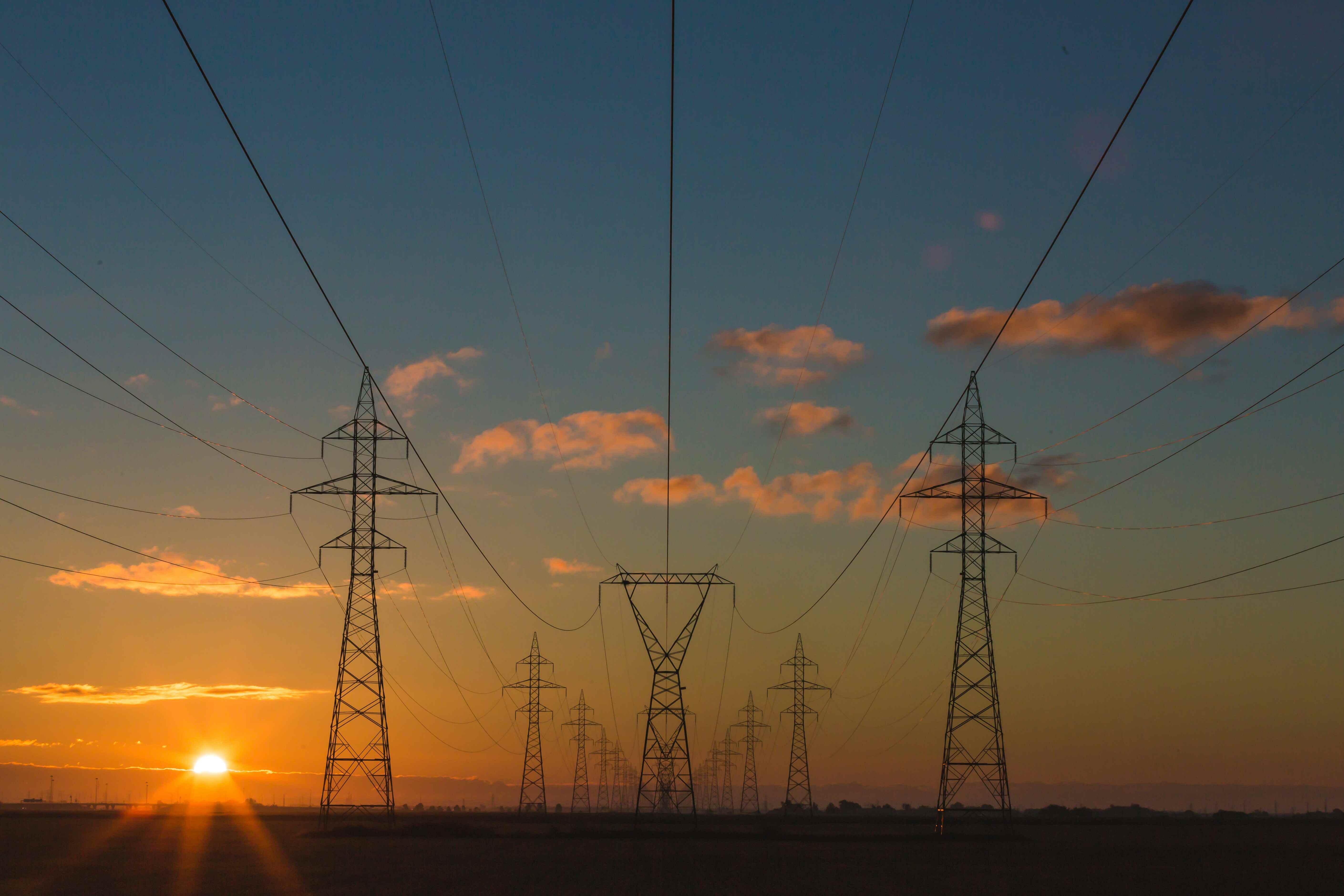
- Compressed air is a promising storage solution to meet the demand caused by booming renewable energy supply.
TL;DR
-
Compressed air energy storage (CAES) is a proven technology that can meet the storage requirements of renewable energy.
-
Recent advances have eliminated the conditions that have prevented CAES from scaling as a reliable utility-scale solution.
-
Relying on one storage solution is risky — businesses need diverse storage options that can complement each other.
As more renewable energy sources come online, there is also a greater need for gigawatt-scale energy storage. In the race against climate change, building an effective means of storing clean energy is just as important as cutting emissions.
Battery technology is improving, but it still needs to scale up. However, there are existing solutions — like CAES — ready to fill the gap.
Compressed air delivers utility-scale energy storage
As we continue to boost renewable energy generation, storing this newfound energy remains a bigger challenge. Improvements in battery technology alone aren’t sufficient to secure the green transition.
Despite advances in renewables, we rely overwhelmingly on legacy storage options. Pumped hydro (elevating and storing water) still accounts for 95 percent of global storage capacity. While reliable, pumped hydro is limited by geography and water resources.
CAES uses established technologies and expertise from the mining and gas sectors, enabling companies to diversify their energy storage capacity.
CAES has been around since 1978, when the first commercial facility was built in Germany. At 870 megawatt hours (MWh), the facility (still in operation) only provides about three hours of storage (at 290MW), but newer CAES plants can provide more than 24 hours of storage capacity.
For example, the McIntosh Plant in Alabama (built in 1991) stores 2.8 gigawatt hours (GWh) which can be released over the course of 26 hours. The plant — which is used for peak shaving — remains one of the largest non-hydro energy storage facilities.
CAES systems were originally designed to store compressed air in underground salt caverns. Using overnight surplus energy from nuclear plants or excess renewables, CAES systems act as a kinetic battery. This means they store energy as physical force (i.e. air pressure) instead of as electricity.
During the day the air is released into gas-fueled turbines to generate electricity. Compared to a fuel-only turbine, a CAES-fed turbine uses only one-third as much fuel.
Initially created as a way to fight high fuel costs, CAES plants have been undercut by cheap natural gas prices. That said, the implementation of emissions pricing and the renewable energy boom have given CAES a new lease on life.
Overall, the CAES market is expected to grow from $4 billion in 2022 to $10 billion by 2026.
A key player is Canadian start-up Hydrostor, which has developed what it calls Advanced-CAES (A-CAES), which does away with the need for salt caverns and fossil fuels.
Hydrostor began storing compressed air under Lake Ontario in 2015 and built the world’s first commercial A-CAES facility in Goderich, Ontario in 2019.
Currently, the firm is working on a 3.2 to 6 GWh facility in Canada, two facilities in California with over 7 GWh in combined capacity, and a 1.6 GWh facility in Australia.
Relying on one type of storage is risky and expensive
Right now, businesses looking for energy storage almost always buy battery systems. Such systems have their uses and play an important role, but over-reliance on one type of storage is risky.
Firstly, ongoing supply chain shortages are making it harder to source raw materials for battery production. The emissions and ethical concerns from mining these resources also pose risks to companies.
Another issue is safety, as lithium-ion batteries are volatile, and can set off cascade failures if damaged or overloaded. For example, the largest battery storage facility in the world — Vistra Energy’s Moss Landing facility in California — suffered a partial meltdown in mid-February, the second in five months.
Conversely, no dangerous chemicals or fossil fuels are involved in A-CAES operations — lowering costs and improving safety. CAES can also repurpose much of the technology in existing fossil fuel plants. This means these legacy facilities can be repurposed into energy storage sites.
With facility lifespans of 30-50 years, CAES systems do not need to be replaced nearly as often as batteries. This means lower costs and less downtime.
Speaking of costs, traditional CAES has a capital cost of $1,505 per kW, compared to $1,404 per kW for battery storage. The costs of Hydrostor’s A-CAES solution are equivalent to battery solutions, but are far cheaper to scale.
No single storage solution is able to fill all roles, and while batteries have their place, diversification is vital for reliability and grid stability.
How EnPowered helps businesses fund energy storage solutions
Businesses looking to invest in energy storage — whether batteries or less common options like CAES — often face funding roadblocks that stall projects. Waiting for capital or the right interest rate only leads to missed savings, and solution providers to miss out on sales.
In order to accelerate the adoption of clean technology we need to close the funding gap — this is where EnPowered comes in. EnPowered Payments is an on-bill payments platform that enables businesses to pay for cleantech solutions through their electricity bill.
Payments helps storage solutions providers unlock stalled projects while helping their customers save more by taking ownership of solutions right away. Solutions are paid down with a portion of a customer’s energy savings.
EnPowered shoulders the burden of navigating complex energy regulations, minimizing risk for customers, and enabling simple, transparent transactions. And by leveraging Payments together with Programs — our market response platform — customers can maximize the savings potential of their storage solutions.
Ready to learn more? Contact us today to discover how Payments can help you boost your storage capacity and resilience.








